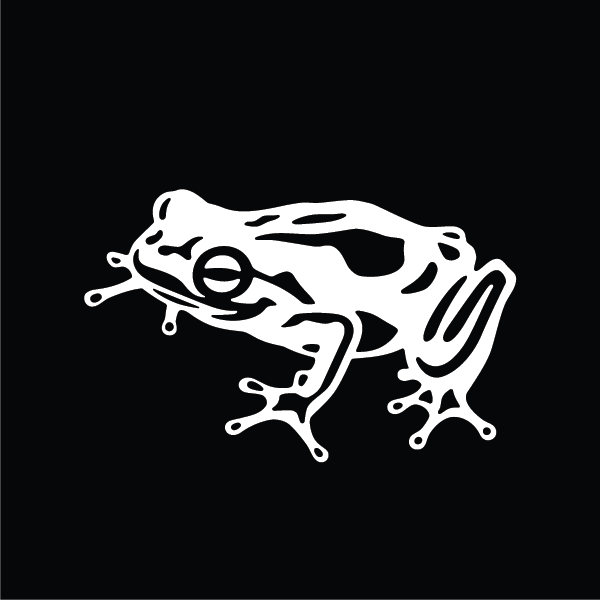Craig Mackintosh is Director of User Experience Research & Insights within Enterprise Digital & Analytics at American Express. He is currently responsible for leading a team of highly talented UX Researchers and Voice of Customer Analysts, to provide global insights to power Amex’s digital design and product development.

The New Enterprise Designer
Businesses today continue to seek strategic value from design. And while it seems like every major management consultancy has acquired a design agency as part of their portfolio, the reality is that attrition is high for the design talent in those acquired firms, and some have even shuttered within a year or two. For some, this trend points to the gaps between the promise and the reality of the business value of design–and how to truly harness that value. Forward-thinking internal enterprise design teams are redefining their capabilities in order to help bridge these gaps to deliver real value for their organizations.
Enterprise design today
As a design research lead at American Express, and an organizational design strategist at frog, we have experienced significant shifts in how enterprises are approaching design. At American Express, we are focused on becoming a more essential part of our customers’ digital lives by enhancing the functionality of our mobile and online platforms, and deepening their relationship with us by surfacing contextual, personalized value. One of the key ways of ensuring that our design and product teams are integrated is to lead with a customer mindset. The next step is taking that approach with our internal stakeholders.
Having design capability is no longer a strategic differentiator in many enterprises. We have passed the “late majority” on the change curve, meaning those organizations who have not stood up a design function already are late to the game. Unlike the old agency model, designers are now rightly an inherent part of the business itself. This means, however, that designers need to understand market and business realities in addition to posessing great craft. This is because great design alone does not solve problems. Each of the roles involved in digital product development and user experience have become their own specialized disciplines, and they have to work together effectively to fulfill the product vision. This requires designers to empathize with the human needs and constraints of their clients and internal partners, as well as those of the end user—following a design thinking process at scale, bringing “the business” with them.
You can’t outsource belief
Before reaching this level of maturity, it’s not uncommon to see designers cycle through enterprise teams regularly. In the same way that structured DesignOps is helping organizations ensure a clear path to execution at the “bottom of the funnel,” new enterprise design strategies and capabilities are needed at the “top of the funnel” to ensure that design functions have a clear connection to business objectives.

An elevated internal design function is built on the principle that you cannot outsource belief. Whoever the client is, it is paramount that they are as in love (preferably more in love) with the design as the designers are. In short, enabling the business to believe in the design is critical to delivery of a great product.
New demands of today’s designers
So how do we get there? In addition to possessing the critical aspects of craft, designers now need to be able to influence the business, as well as advocate for the design. Good design evangelizes customer-centric thinking. Great design does this while also understanding the business challenge.
Our clients are human beings, which means they are as complex and change-averse as the customers we design for. It’s important to remember that most clients are accustomed to a business environment that operates very differently from a human- and design-centric way of thinking and innovating. Designers should apply the same skills of empathy that we have long applied to customers – to our colleagues.
Designing environments for cooperative problem solving starts with an artful facilitator who can separate diverging and converging activities, and build belief much more than any deck or report ever can. Designers must create the environment to drive meaningful conversations and build belief together with internal clients through joint activities and discussion.
We often hear that designers don’t feel they have a “seat at the table” in larger organizations. Being able to look at the business problem is the first step in being invited to the table. Designers need to understand how their business makes money, what the relevant KPIs are and why they matter, in order to navigate the needs of their organization. Design will only ever be considered on par with other strategic functions when designers can speak their stakeholders’ language.
From contracting skills, to expectation setting, role clarification, and process design, today’s design leaders must be able to advocate for design, while meeting clients where they are. They must be masters of recognizing confusion, and navigating resistance, working in partnership to help the organization be better and keep customers delighted.
Change takes time in large organizations. Design can accelerate that change, but political structures are a given. The ability to navigate organizational politics with patience and resilience is critical for internal design teams trying to build credibility and exert influence.
We believe these skills will help designers take the leap from craftsmen to partners that can affect change. It is a two-way street though. In addition to designers understanding that internal influence is part of the job, organizations seeking to support enterprise design must also help their designers make the leap into these new skills.
The next frontier in design at American Express
At American Express, the digital design team is doubling down on its investment in learning to bring this to life. We want to ensure designers are prepared not only to practice their craft, but also become an indispensable part of cross-functional Product teams. In response to the needs of both the enterprise and our designers, our leadership team has created the American Express Enterprise Digital Learning Framework in partnership with frog. The framework not only allows the team to drive a new kind of conversation with internal business and product owners, but also to recruit, develop — and most importantly keep — best in class talent.

As the first step in providing tangible opportunities for designers to build skills using the framework, our team worked in partnership with frog to deploy a series of design thinking workshops, bringing stakeholders in from across the globe to support planning for 2019 activities. These workshops introduced a common way of working, thinking and innovating, using a set of tools for bringing both customer and business/stakeholder needs into implementable digital strategies. The workshops allowed the team to exercise multiple context and craft skills while facilitating interactive exercises for product owners and business executives together.


As organizations continue building out their creative capabilities, design teams need to remain vigilant in their pursuit of great design while being aware of the strategic agenda of the enterprise. We have a seat at the table, now we need to help shape the strategy by bringing everyone with us and sharing the same goals. That’s how we’ll get great products shipped to our users.


Linda provides a broad range of consultative services to build capability and improve organizational performance with clients globally. After more than two decades leading organization transformations from within, Linda brings empathy for leaders driving culture change, innovation and growth in organizations from startups to Fortune 500.
We respect your privacy
We use Cookies to improve your experience on our website. They help us to improve site performance, present you relevant advertising and enable you to share content in social media. You may accept all Cookies, or choose to manage them individually. You can change your settings at any time by clicking Cookie Settings available in the footer of every page. For more information related to the Cookies, please visit our Cookie Policy.